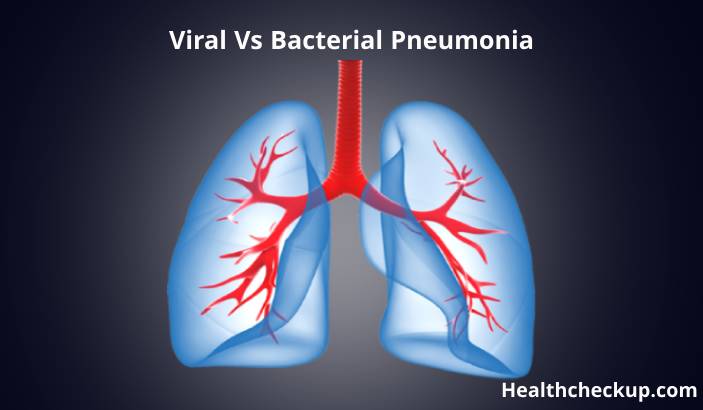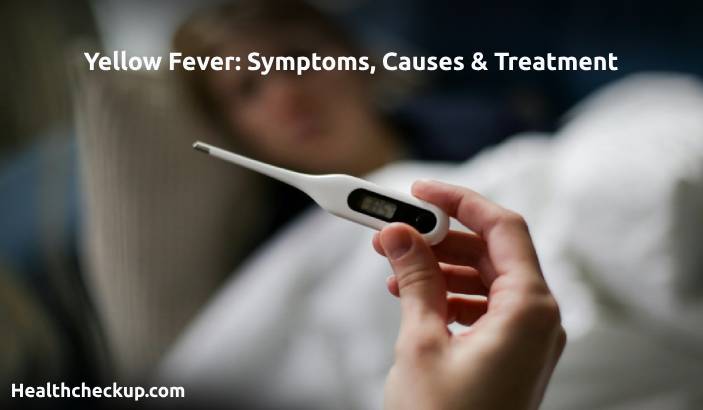Influenza A (H9N2) is a strain of the influenza A virus that can cause illness in humans and animals. The virus is found all over the world, and it is transmitted through respiratory secretions, such as saliva, mucus, and respiratory droplets.
Symptoms of influenza A (H9N2) infection include fever, cough, sore throat, runny nose, body aches, fatigue, and nausea. These symptoms appear one to four days after exposure to the virus and can last for several days to a week. Most people with influenza A (H9N2) will recover fully, but some people, particularly young children, elderly people, and people with underlying health conditions, develop serious complications, such as pneumonia or respiratory failure.
Influenza A (H9N2) is diagnosed through a laboratory test that detects the presence of the virus in a sample of respiratory secretions. The test is typically performed by taking a swab from the inside of the nose or throat or by collecting a sample of respiratory secretions. The sample is then sent to a laboratory for analysis.
There is no specific treatment for influenza A (H9N2), but antiviral medications, such as oseltamivir or zanamivir, may be used to reduce the severity and duration of the illness. These medications are most effective when started within the first two days of symptoms.
To prevent influenza A (H9N2) infection, it is important to get vaccinated against the virus. The influenza vaccine is recommended for everyone over the age of six months, and it is typically available in the fall, before the start of the influenza season. The vaccine is given as a shot or a nasal spray, and it provides protection against several strains of the influenza virus, including H9N2.
In addition to getting vaccinated, there are several other steps you can take to reduce your risk of influenza A (H9N2) infection:
- Wash your hands frequently with soap and water, especially after blowing your nose, coughing, or sneezing.
- Avoid close contact with people who are sick.
- Cover your mouth and nose with a tissue or your elbow when you cough or sneeze.
- Stay home from work or school if you are sick.
In conclusion, influenza A (H9N2) is a strain of the influenza A virus that can cause illness in humans and animals. Symptoms of influenza A (H9N2) infection include fever, cough, sore throat, runny nose, body aches, fatigue, and nausea. Most people with influenza A (H9N2) will recover fully, but some people develop serious complications. To prevent influenza A (H9N2) infection, it is important to get vaccinated against the virus and to practice good hygiene, such as washing your hands frequently and covering your mouth and nose when you cough or sneeze.









